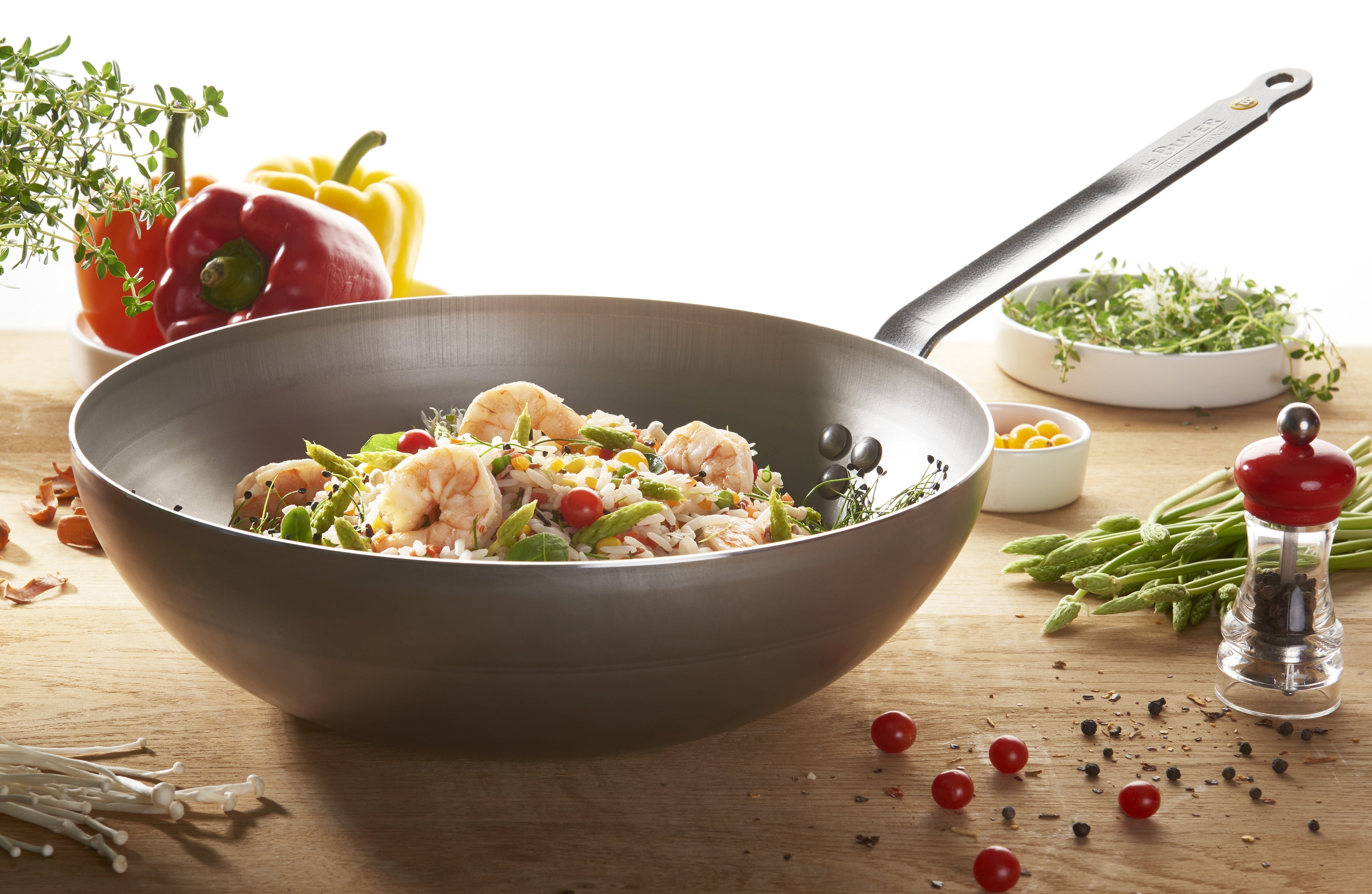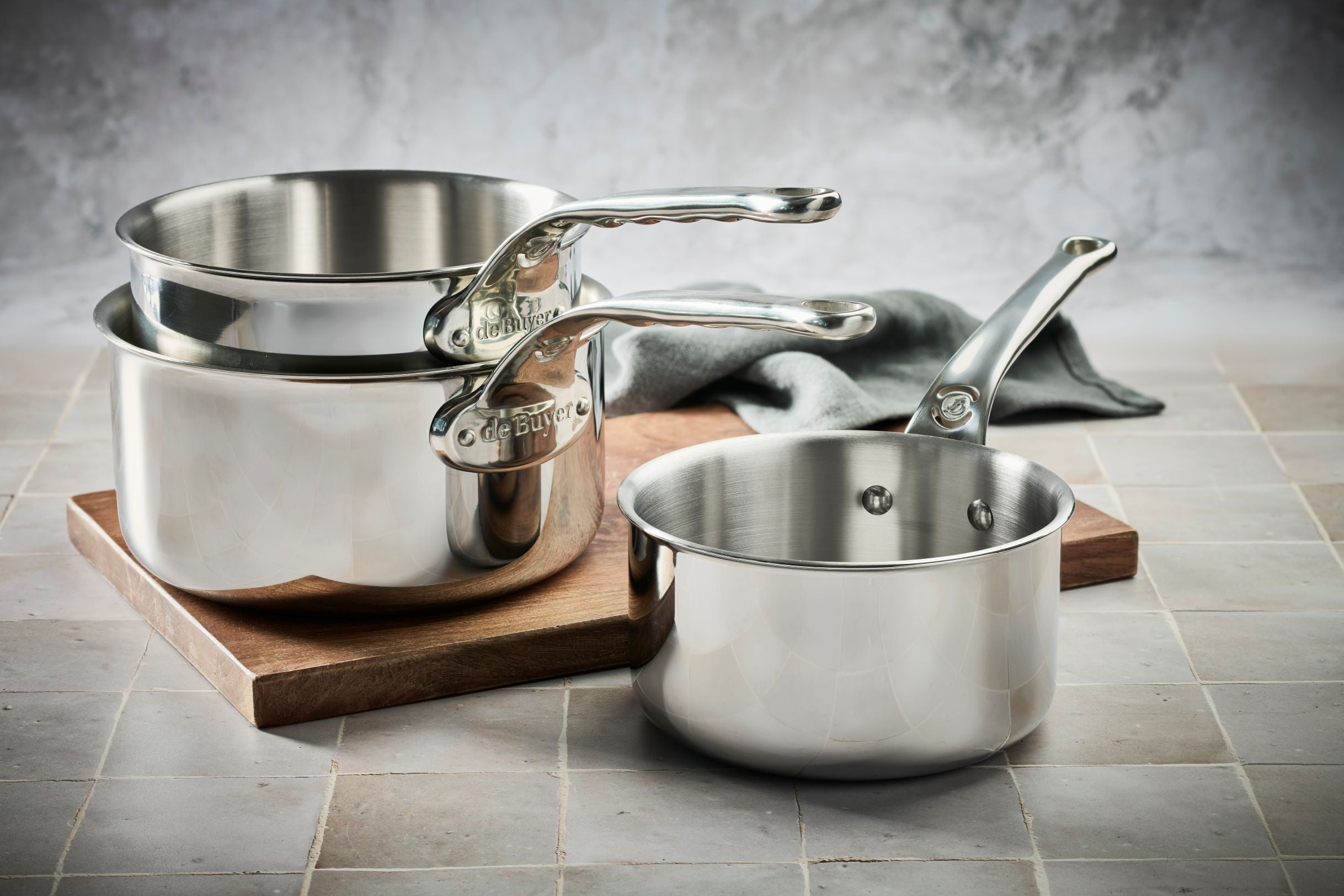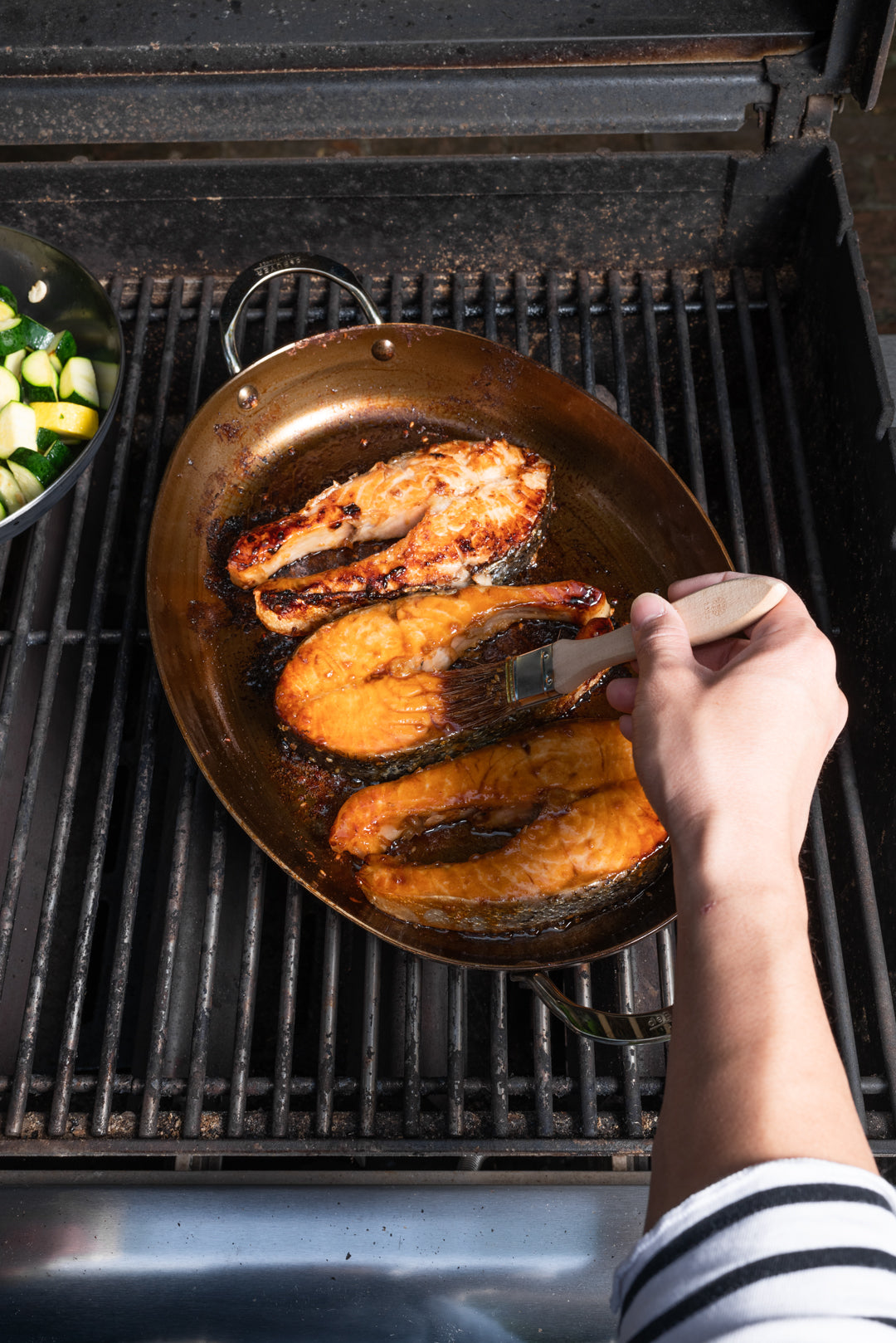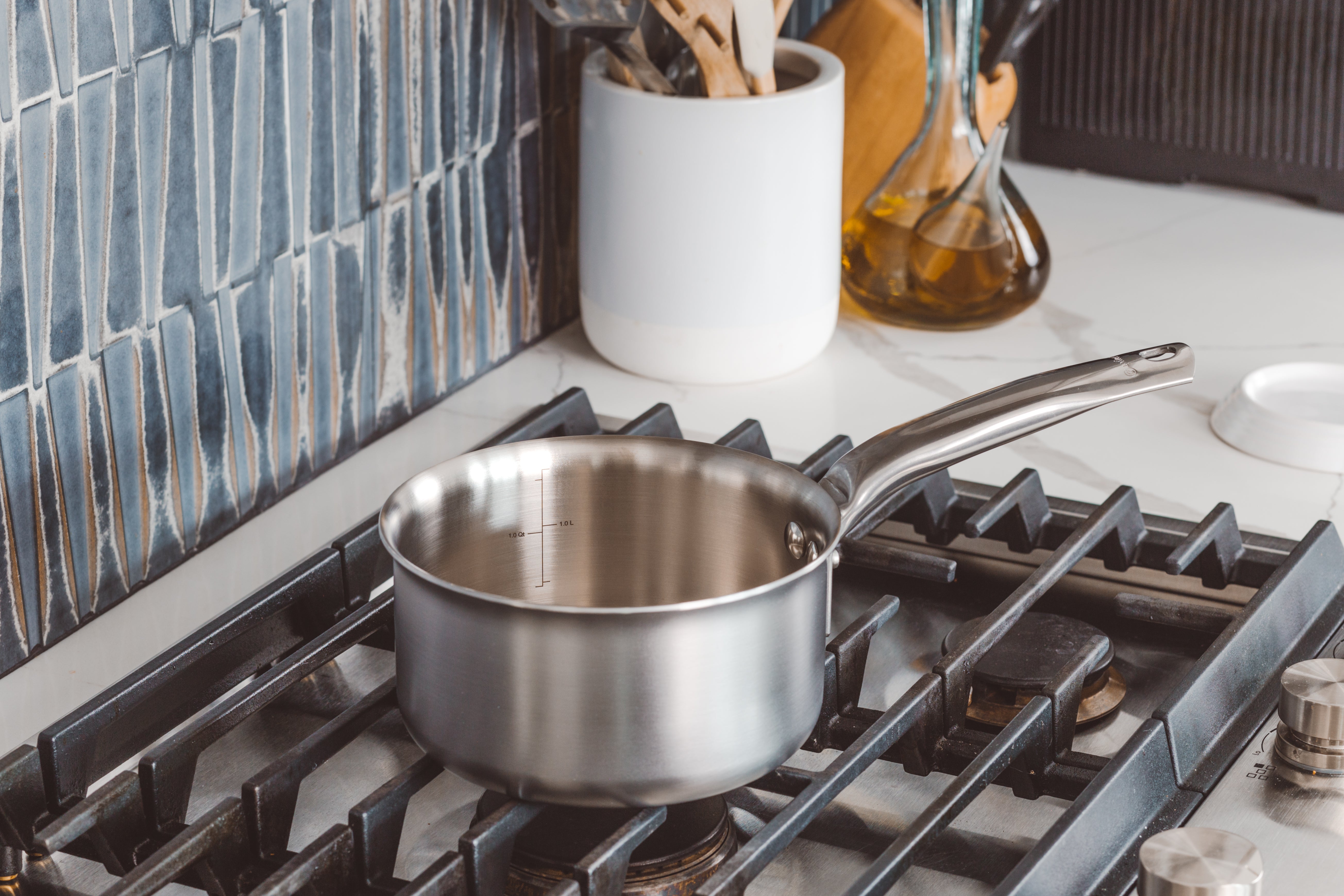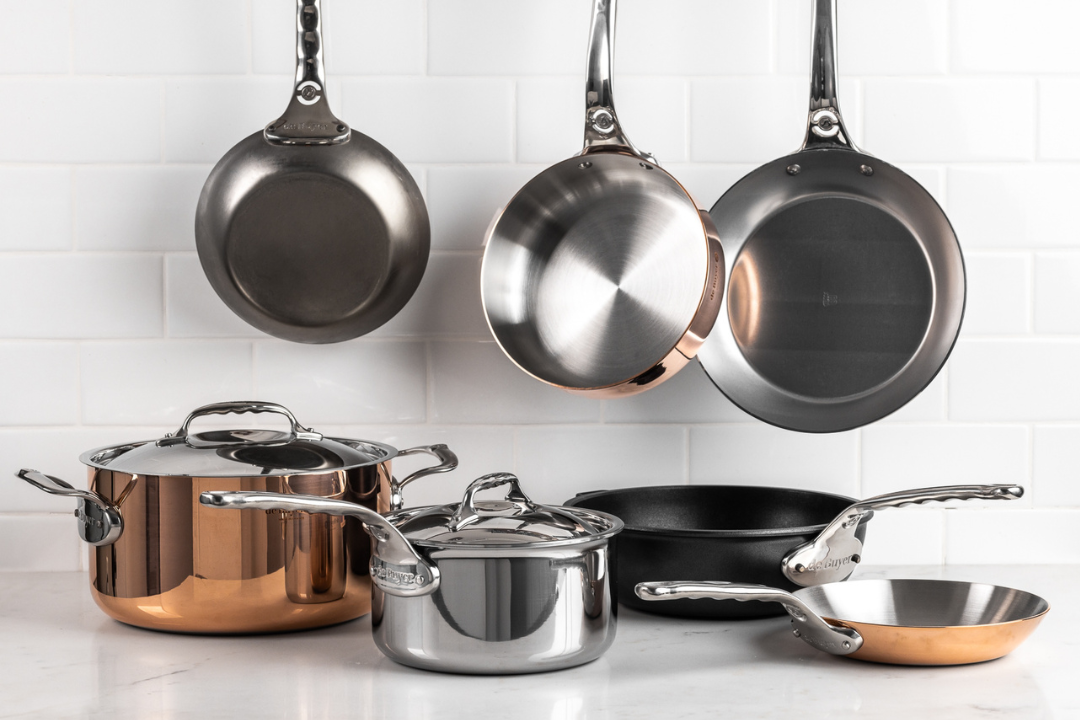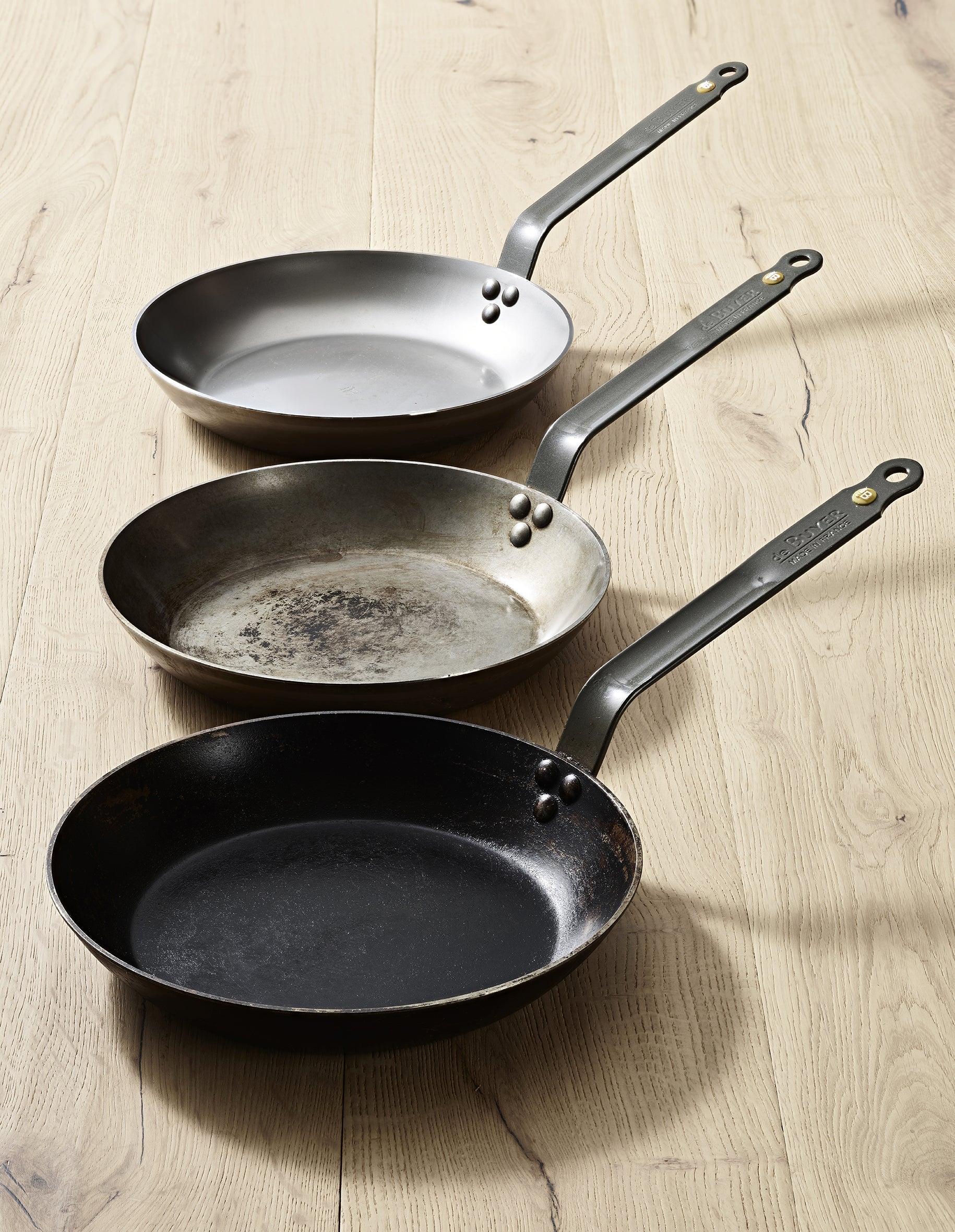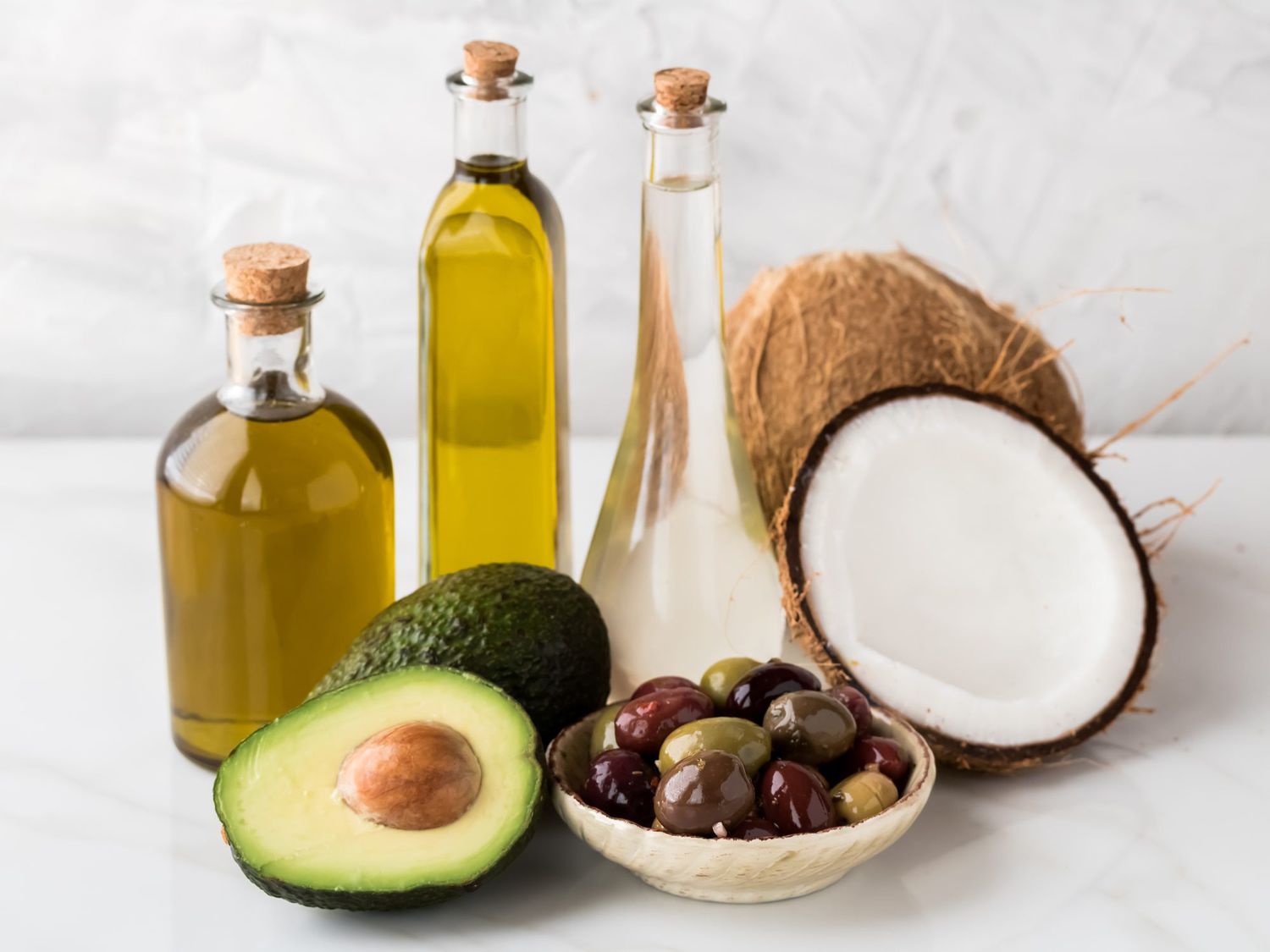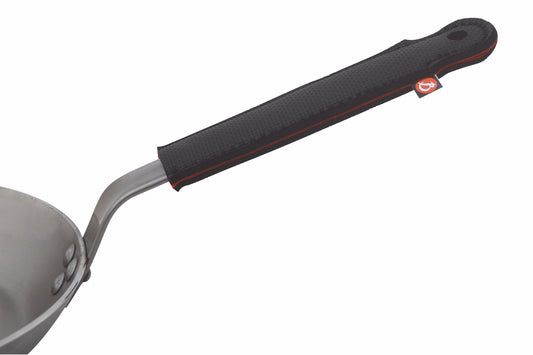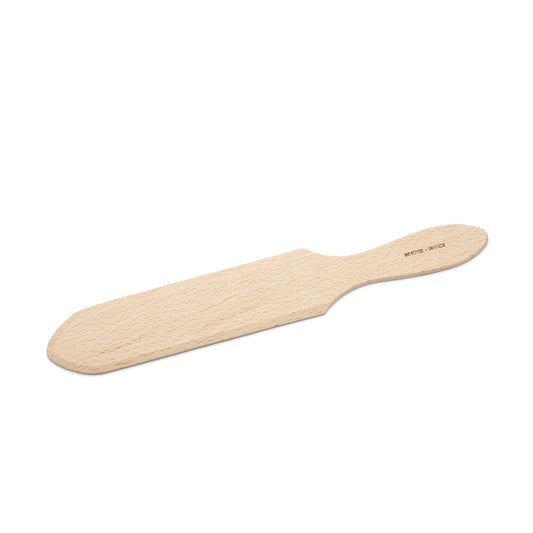What to Know About Stainless Steel Cookware
Learn how to use a stainless steel pan—from choosing the right pan to proper cooking techniques, the best cleaning tips, and what foods to prepare.
de Buyer
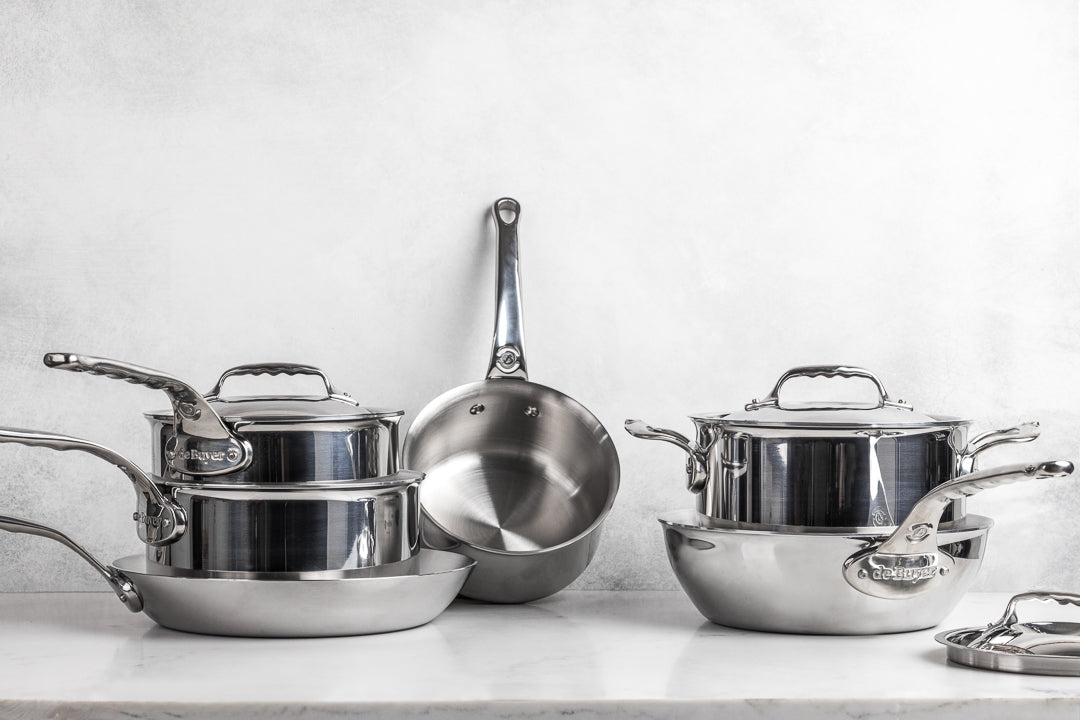
Imagine you're in your kitchen, about to whip up your favorite dish. You reach for that trusty, gleaming pan that never lets you down. Yes, we're talking about the star of the show – stainless steel cookware. It's not just a pretty face in your kitchen; it's a powerhouse of durability and non-reactivity, and excellent for browning, deglazing, and precise heat control.
Understanding how to use stainless steel properly is crucial. It's the difference between a good meal and a great one. Fear not; we're here to guide you through every sizzle and sear. Since 1830, de Buyer has produced premium cookware for kitchens worldwide—we're more than qualified to educate on all things cooking.
In this article, we'll dive into the essential tips and tricks for making the most out of your stainless steel cookware, from selecting the right pieces to cleaning your new pans to what to cook. And yes, we'll also tackle that all-important question: "How to use a stainless steel pan?" and why it's a game-changer for your cooking adventures.
What Makes Stainless Steel Different From Other Cookware?
Stainless steel is more than just a pretty face in your kitchen. It’s made from a durable, rust-resistant metal alloy that typically contains chromium and nickel. It’s prized for its strength, sleek appearance, and non-reactive cooking surface (meaning it won’t alter the taste or color of acidic foods). Stainless steel pots and pans also come with the following benefits:
- No coating to degrade
- Works on all cooktops, including induction
- Oven-safe and dishwasher-safe
Stainless steel by itself doesn’t conduct heat well, so high-quality cookware like the AFFINITY and ALCHIMY collections pairs it with inner layers of aluminum for rapid and even heat distribution.
How Stainless Steel Compares to Other Cookware Materials
-
Stainless Steel: Durable, non-reactive, and versatile. Great for searing, browning, and deglazing. With multi-ply construction (like 3-ply or 5-ply), it offers even heating and responsive temperature control.
-
Carbon Steel: Heats quickly and holds heat well, making it excellent for browning and crisping. However, it’s reactive with acidic foods.
-
Non-stick: Coated with a synthetic surface for easy food release and cleanup. Best for low-heat cooking like eggs or pancakes. It’s less durable than stainless steel and can degrade over time, especially at high heat.
-
Ceramic: Often used as a nonstick alternative, ceramic coatings are smooth and chemical-free. They’re great for gentle cooking but can wear down faster than traditional stainless or carbon steel.
Mastering the Basics: How to Cook With Stainless Steel
Cooking with stainless steel requires practice and determination. Don’t be discouraged if you mess up a few times. This type of cooking is mastered with time and patience.
- Prep your tools: Before you begin, gather utensils that are safe to use on stainless steel. Metal tools may scratch your pan, but silicone and wood are safe to use.
- Preheat the pan: Before adding anything, place your stainless steel pan on medium heat and let it preheat for a few minutes. This ensures even heat distribution and helps prevent food from sticking.
- Use the water droplet test: To check if your pan is ready, flick a few drops of water into it. The pan is hot enough if the droplets bead up and glide across the surface.
- Add oil after heating: Once your pan is preheated, add oil. Let the oil heat until it shimmers but doesn't smoke. This forms a temporary nonstick layer.
- Let proteins release naturally: When cooking meat, let it sear without moving it. Protein will naturally release from the pan when a crust has formed. Forcing it early will cause sticking and tearing.
- Use fond to your advantage: Brown bits (fond) may stick to the pan after searing. Don't waste them—they're flavor gold. Deglaze the pan with wine, broth, or water, then scrape up the fond gently and simmer to create a delicious sauce.
- Finish in the oven (when necessary): For thicker cuts, like steak or pork chops, you can start on the stovetop and finish in the oven. This allows the interior to cook through gently without burning the outside.
- Clean as you go: Stainless steel is durable, but it requires care. Avoid letting food sit in the pan for too long. Clean the pan while it is warm to preserve its shine and performance.
Tips and Tricks to Avoid Common Mistakes
You're going to make mistakes when cooking on a new surface. These tips and tricks can help limit your mistakes and get the hang of stainless steel cooking more quickly.
- Don't overcrowd the pan, as this prevents each ingredient from cooking properly.
- Don't cook cold meat; instead, let it rest at room temperature for a while before adding it to the pan.
- Use medium heat—stainless steel conducts heat efficiently, so high heat can cause hot spots and burning.
- Avoid temperature shock by letting pans cool before washing to prevent warping.
- Adjust cooking times, as stainless steel may heat and cook differently than other pans you’ve used.
- Read the manufacturer’s instructions before use to understand your specific pan’s needs.
Cleaning and Caring for Stainless Steel Cookware
Cleaning is a must, but it’s not difficult. Warm, soapy water usually does the trick, and a mixture of vinegar and water works wonders for those stubborn spots and discoloration. Opt for safe cleaning products specifically designed for stainless steel.
Every once in a while, give your cookware a deep clean to maintain its luster. Store your pans properly to avoid scratches and preserve their beauty for years.
What to Cook in Stainless Steel (And What to Skip)
Here are the ideal use cases of what to cook (and what not to cook) in your new stainless steel skillet.
Best for:
- meats, sauces, vegetables, eggs, deglazing, caramelizing, searing
Use caution with:
- highly acidic foods like tomato sauce
Yes, stainless steel performs better with acidic foods than carbon steel and cast iron; however, long cook times with extremely acidic foods may cause discoloration.
Note that delicate foods like eggs and fish can be categorized in either depending on your preference.
These foods slide right off stainless steel if you've heated the pan correctly. If you haven’t heated the pan correctly, then they stick and quickly become inedible. Lean in on experimentation to get things right.
A Pan That Rewards Precision and Passion
As we wrap up our journey into the world of stainless steel cookware, let's take a moment to reflect on the key insights we've discovered. Stainless steel is more than just a material; it's a gateway to consistent, high-quality cooking. We've explored its history, the importance of proper use, and the myriad of techniques that enhance your culinary experience. With the right pan and guidance, anyone can cook with stainless steel.
Visiting de Buyer is a must for those eager to start or expand their stainless steel collection. Discover a range of quality cookware that will elevate your cooking game. Their experts are also on hand to share more invaluable tips.
Explore de Buyer’s professional-grade stainless steel cookware for elevated everyday cooking.
Learn More
Recommended for You
-
MINERAL B PRO Carbon Steel Fry Pan
Regular price $100.00Regular priceUnit price / per$0.00Sale price $100.00 -
MINERAL B Classic Carbon Steel Fry Pan
Regular price $65.00Regular priceUnit price / per -
MINERAL B Carbon Steel Omelette Pan
Regular price $75.00Regular priceUnit price / per -
MINERAL B PRO Carbon Steel Omelette Pan
Regular price $120.00Regular priceUnit price / per -
Protective Sleeve for Pan Handle
Regular price $9.95Regular priceUnit price / per -
MINERAL B Carbon Steel Crepe & Tortilla Pan
Regular price $65.00Regular priceUnit price / per -
Blue Carbon Steel Fry Pan
Regular price $50.00Regular priceUnit price / per -
Blue Carbon Steel Crepe & Tortilla Pan
Regular price $25.00Regular priceUnit price / per -
MINERAL B Carbon Steel Country Fry Pan
Regular price $110.00Regular priceUnit price / per -
MINERAL B Carbon Steel Egg & Pancake Pan
Regular price $40.00Regular priceUnit price / per -
Blue Carbon Steel Rectangular Baking Sheet
Regular price $40.00Regular priceUnit price / per -
B BOIS Crepe Spatula
Regular price $8.00Regular priceUnit price / per

